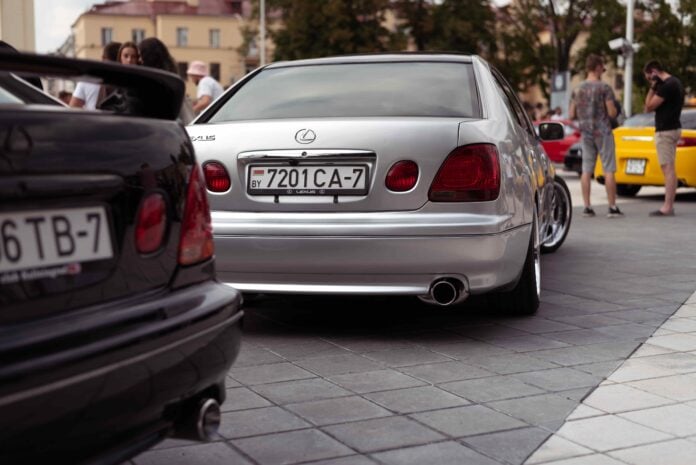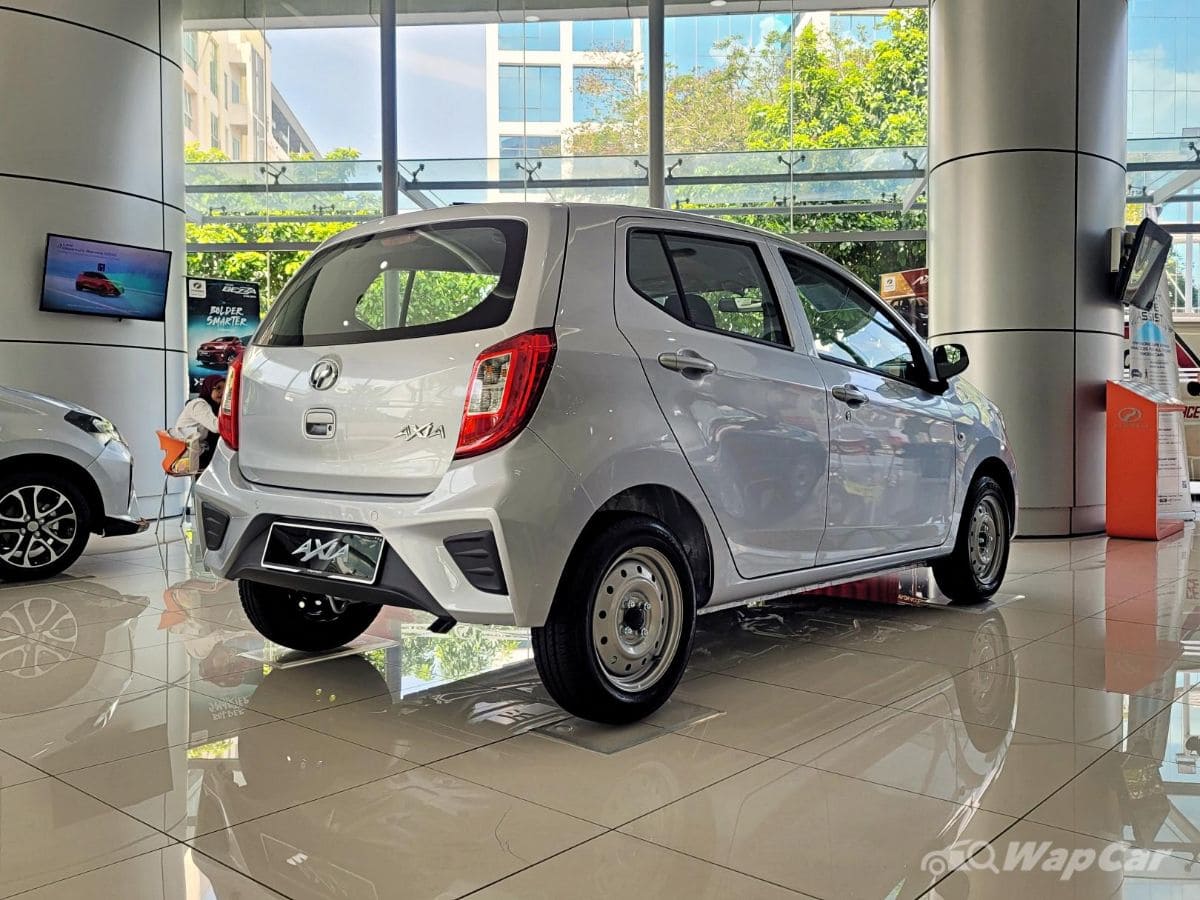 Steel wheels (OEM) on the all-new Perodua Axia E 1.0. Cast aluminum wheels on the far left. – Source: Wapcar.
Steel wheels (OEM) on the all-new Perodua Axia E 1.0. Cast aluminum wheels on the far left. – Source: Wapcar.
Steel wheels, occasionally called steelies, are the most cost-effective choice for manufacturers without compromising rigidity. It’s important to note that steel is an alloy made out of a combination of iron and carbon. This makes it harder and heavier compared to other materials. Steel wheels are produced via compressing steel billets via powerful hydraulic equipment until a desired shape is achieved. While cheap and tough, this gives little room for design flair and is commonly stolen by metal thieves. Steelies are often swapped out for forged alloy wheels for better fuel mileage and handling.
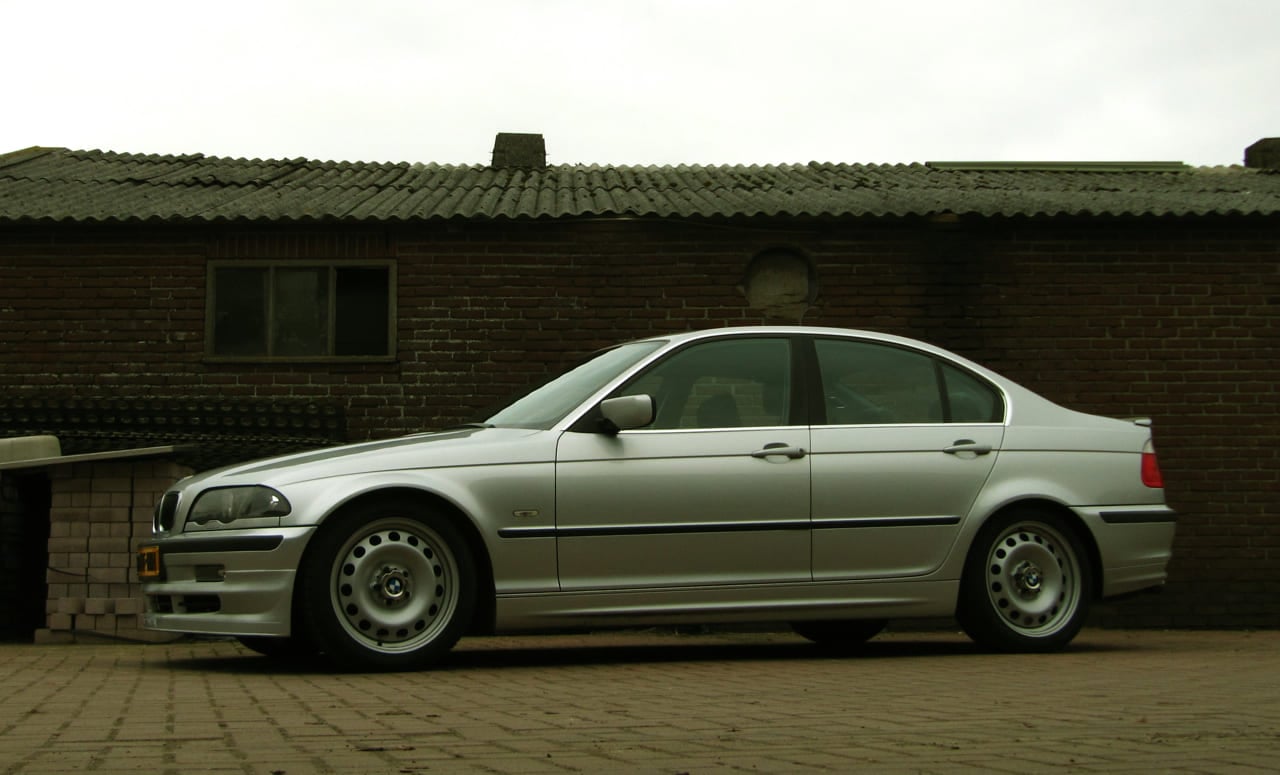
However, some OEM steelies made by certain brands like BMW/Alpina here are quite aesthetically pleasing. – Source: Wheelmen.wordpress.com
Cast Aluminum
Moving on to a standard choice, OEM cast aluminum wheels are a step above OEM steelies. Cast aluminum sport rims can be found ranging from mid to high-spec vehicles. Unlike steel wheels, which are basic in design, cast aluminum OEM sport wheels carry the manufacturer’s design flair and are lighter in weight. Cast aluminum wheels are made by pouring molten aluminum into a mold and allowed to cool off before mounting it on a car.
Forged Magnesium and Aluminium Alloy
Now onto the premium stuff. Aftermarket sport rims are often made with forged alloys. The materials may vary but common materials used to make them are magnesium and aluminum alloys. Unlike casting which involves pouring molten metal into a mold, forging alloys requires a much more hands-on process.

Before the Industrial Revolution, alloys were forged by hand prior to the invention of the hydraulic-powered hammer.
The forging of alloys starts with a mixture of two or more different metals, usually, carbon is added into the mix. Then, a comprehensive force is applied to shape a block of heat-treated steel into a desired shape before it is cooled off in the water. This lengthy and expensive process creates the lightweight and durable alloy steel we see in sports rims. Forged alloy rims are highly desirable in the aftermarket scene.
Carbon Fiber
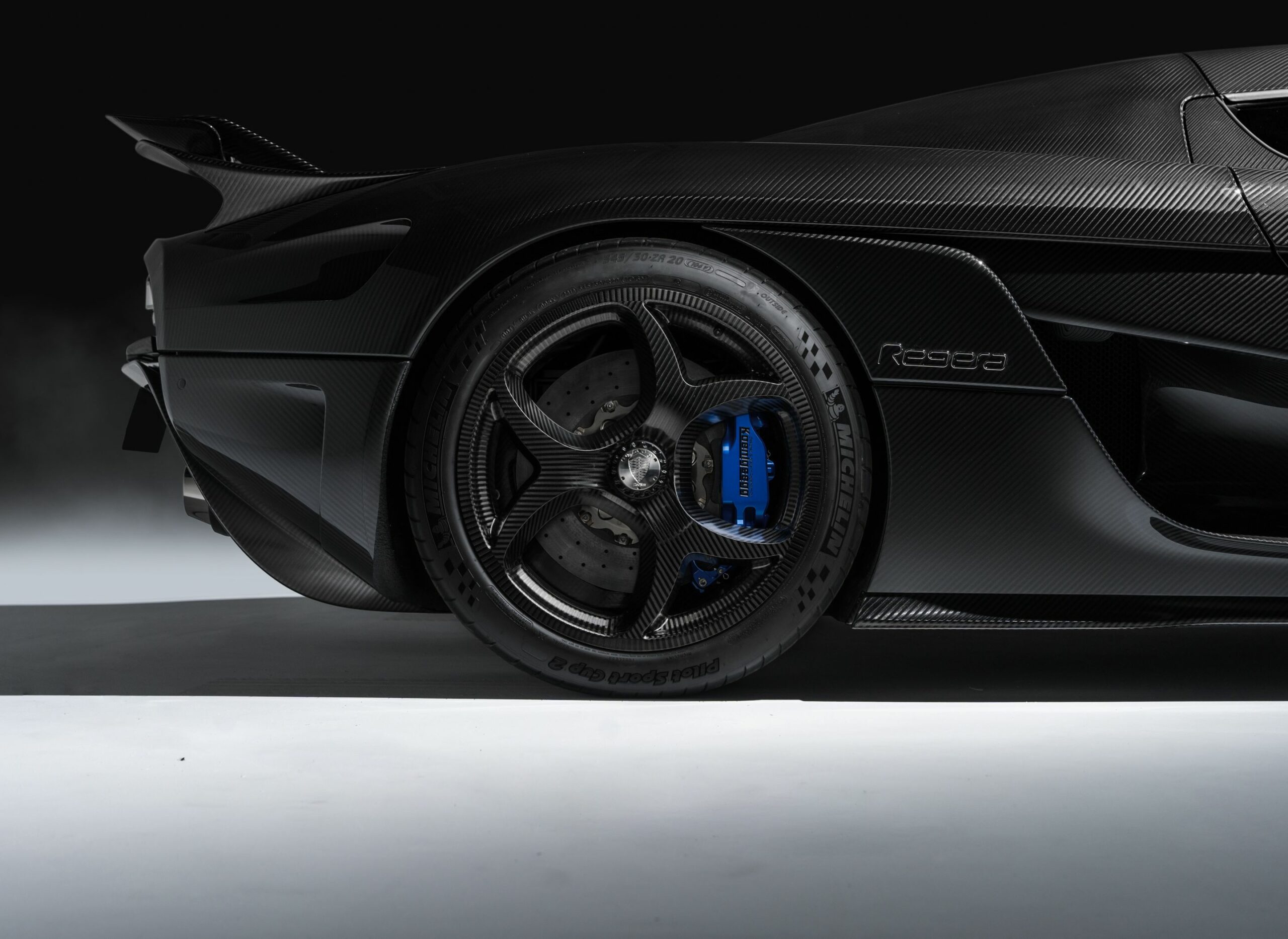 Arguably the most expensive material out of all the wheels, carbon fiber is an unconventional choice for wheels. Carbon fiber is a super-strong and lightweight material made from tiny carbon atoms woven together. Unlike other rims mentioned above, carbon fiber sport rims have no steel or metal involved in the manufacturing process. The rims are made by gluing carbon fiber sheets in layers onto a mold before heat is applied and compressed together. Think of it as making some really fancy kuih lapis that cost up to five digits per set.
Arguably the most expensive material out of all the wheels, carbon fiber is an unconventional choice for wheels. Carbon fiber is a super-strong and lightweight material made from tiny carbon atoms woven together. Unlike other rims mentioned above, carbon fiber sport rims have no steel or metal involved in the manufacturing process. The rims are made by gluing carbon fiber sheets in layers onto a mold before heat is applied and compressed together. Think of it as making some really fancy kuih lapis that cost up to five digits per set.
When it comes to high-performance motorsports, carbon fiber offers up to five times more rigidity and saves up to a third of the original weight compared to alloys. An example of how carbon fiber is used to make wheels is Koenigsegg. Their car almost exclusively uses carbon fiber, even down to the wheels for the sake of reducing the weight of the vehicle.
How to Spot Fake Sport Rims in the Wild?
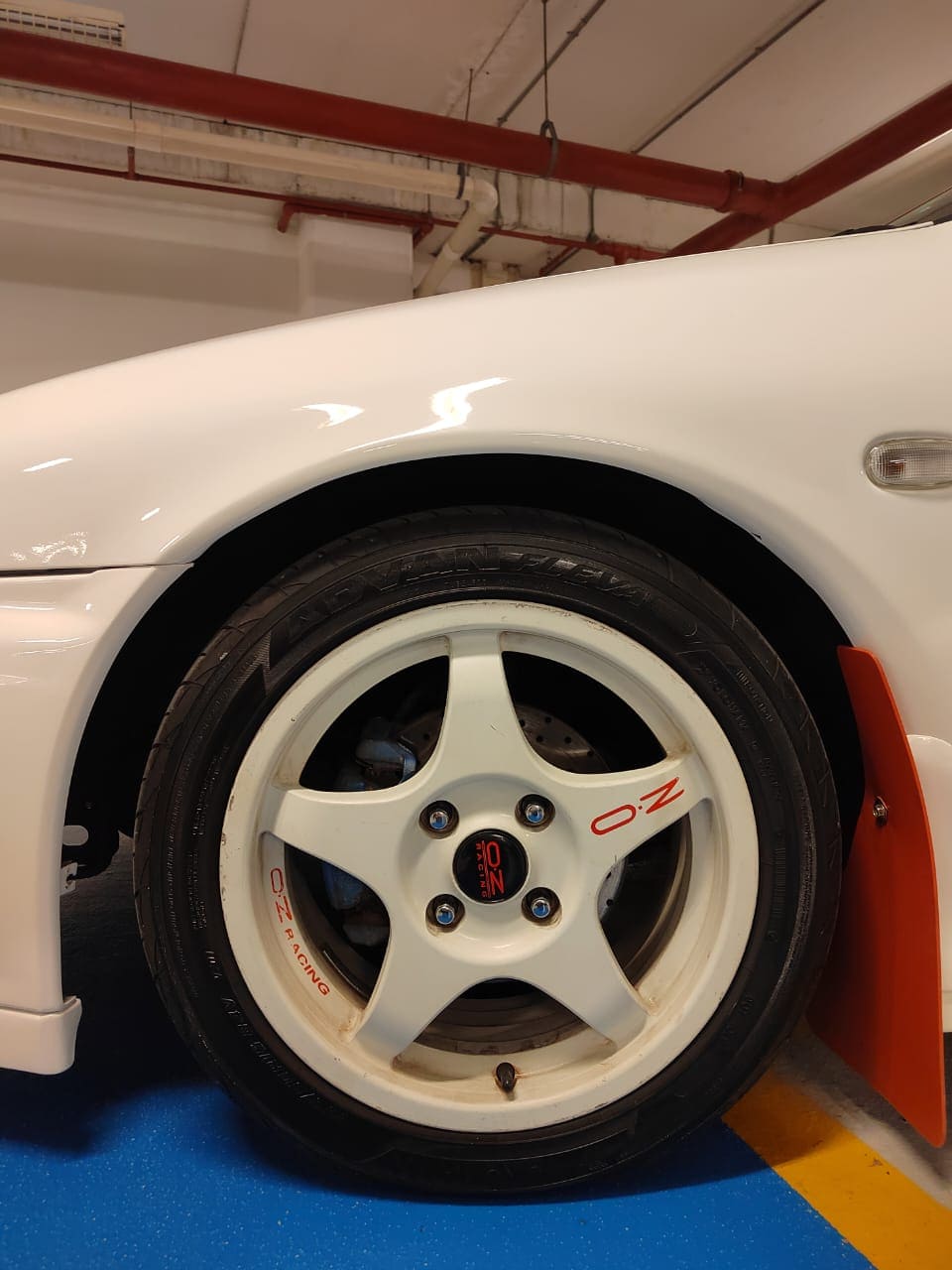 Now that we’ve understood the different types of materials used in wheels, how do we separate the wheat from the chaff in the wild? The next time you go shopping for a new set of wheels for your ride, here’s what to look out for.
Now that we’ve understood the different types of materials used in wheels, how do we separate the wheat from the chaff in the wild? The next time you go shopping for a new set of wheels for your ride, here’s what to look out for.
Manufacturer Markings
Nobody likes jargon and answers that do not get to the point. A way to spot original sport rims is via manufacturer markings telling you where it was made like Made In Japan or Germany. These markings are molded onto the lip of the wheels or back hub during the casting and forging process. Fake sport rims on the other hand will have markings with jargon like “Japan Design” and “Japan Technology” or sometimes none at all. If the product does not have any proper indication of where it’s made from, stay away from it.
However, the caveat of this method is it may not be effective. The replication process of fake sport rims these days are so highly advanced, it’s almost impossible to spot the cloned one unless provided with paperwork. Some fake manufacturers will blatantly have “Made In Japan” markings on them while having made them at a different location. Furthermore, fake manufacturer stickers can also be bought online for cheap too.
Exercise with caution and always ask more detailed questions from the seller to verify the origins of the sports rims. If possible, check if the packaging contains a certificate of authenticity.
Weight Difference and Material Construction
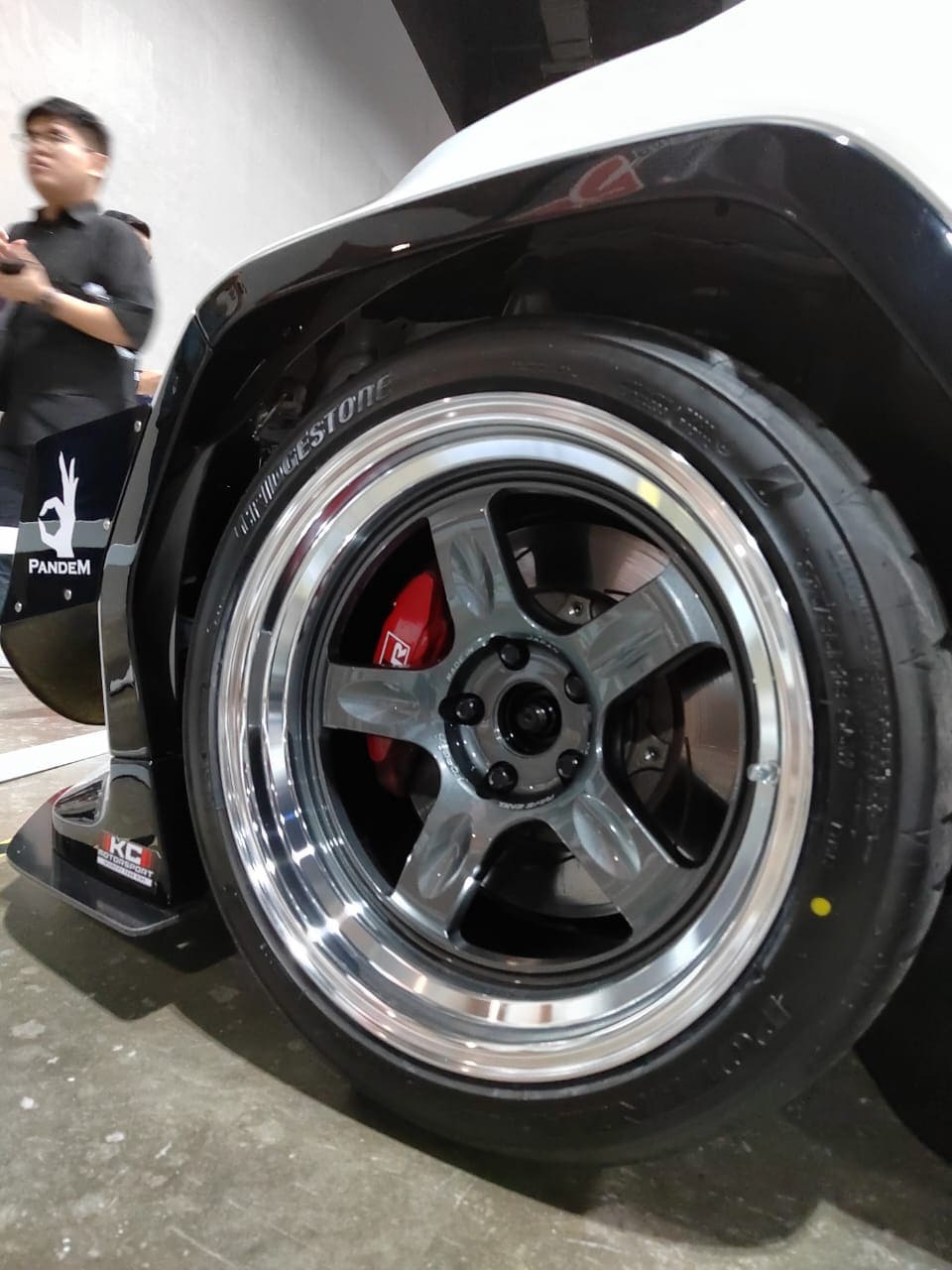 Another way to spot fake sports rims is their weight. Alloys are lighter and denser compared to pure iron. A single element of metal contains a single uniform of atoms under the microscope. When pressure or force is applied, it makes them malleable.
Another way to spot fake sports rims is their weight. Alloys are lighter and denser compared to pure iron. A single element of metal contains a single uniform of atoms under the microscope. When pressure or force is applied, it makes them malleable.
When two types of steel are forged together, the atoms are now not uniform due to the alloy being fused together with two different types of metal. This makes it harder and lighter than pure iron. In case of an accident or potholes, a set of fake sports rims would have cracked while real alloys would merely get a dent.
In motorsports, alloy sport rims are preferred due to their sturdy, lightweight construction which aids handling at high speeds. The main composite material is a combination of magnesium and aluminum alloys. Fake sport rims on the other hand tend to cheapen out this process by using cheap aluminum or other poor-quality steel as filler.
The next time you go out shopping for a new set of wheels take note of how heavy an original rim would weigh and compare it. You might be getting an even heavier set of wheels!
Price Tag and Seller
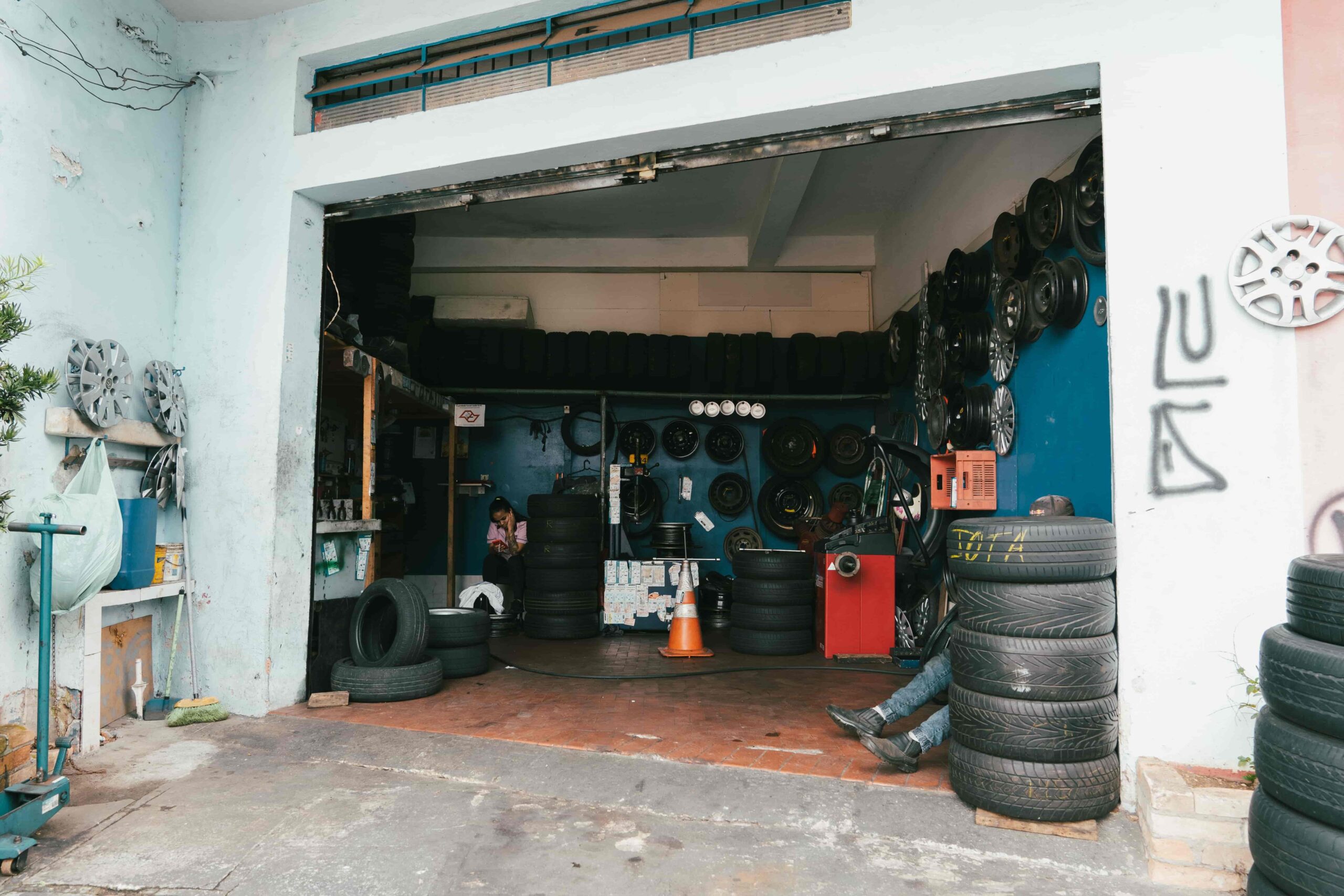 Lastly, cheap prices remain a huge factor in why fake sports rims are so popular. Why spend so much money on modifying your vehicle only to cheapen out on the rims? If the price is too good to be true, it’s very likely a sham. However, be careful with buying overpriced rims too. Just because it’s expensive doesn’t mean it’s legit!
Lastly, cheap prices remain a huge factor in why fake sports rims are so popular. Why spend so much money on modifying your vehicle only to cheapen out on the rims? If the price is too good to be true, it’s very likely a sham. However, be careful with buying overpriced rims too. Just because it’s expensive doesn’t mean it’s legit!
Source your sports rims from reputable dealers and look up what fake sports rims of your choice looks like first before surveying to avoid getting scammed.
This is just a general guide on how to spot fake sports rims in the market. Each different brand and design of sports rims has its own counterfeit methods. Always check your sources and do your own diligent research on the make and model of any sport rim you want to buy.
